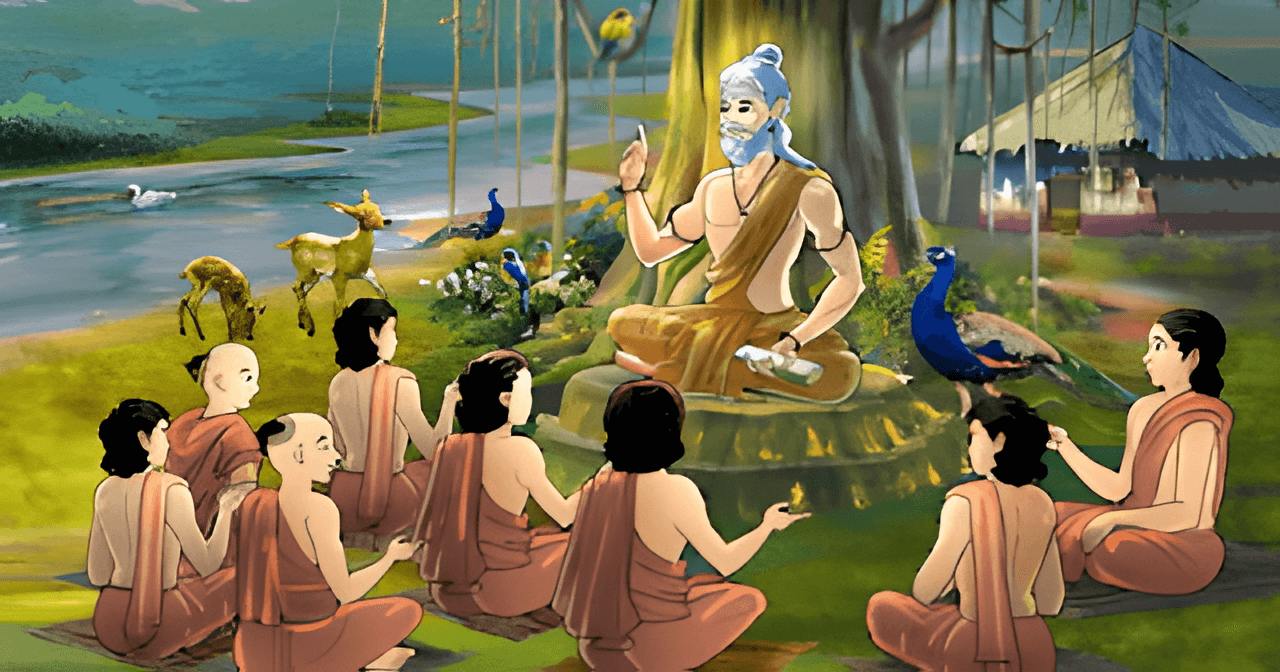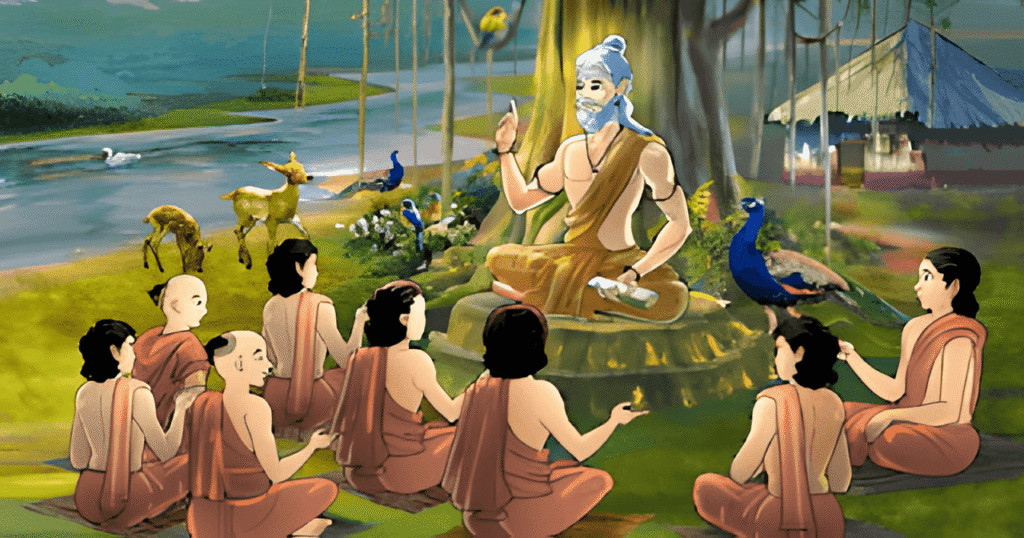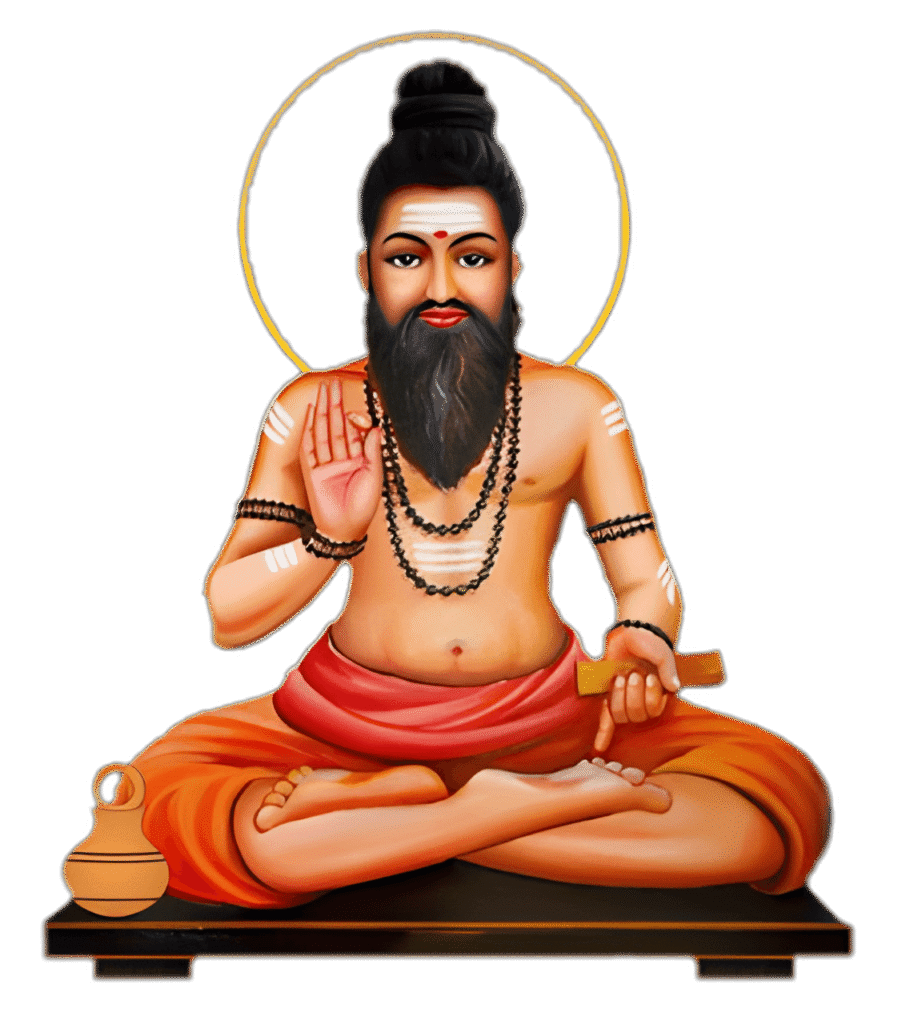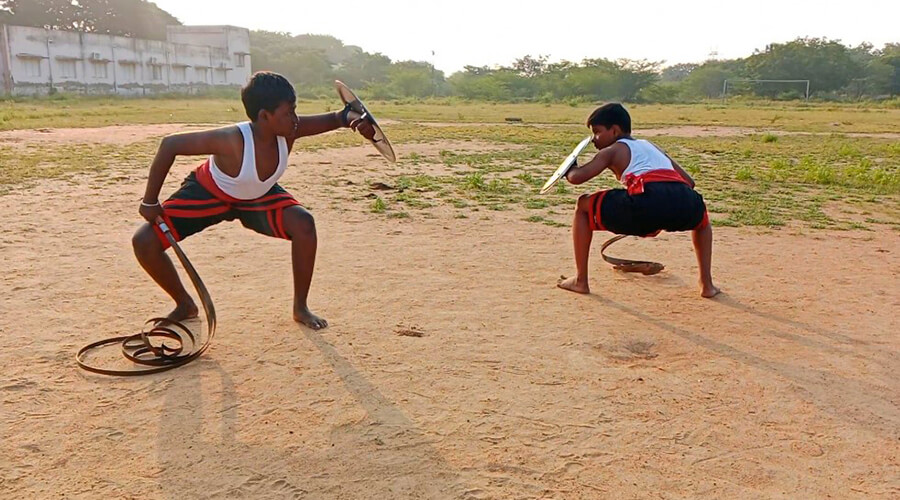Contact Us @ +91 90808 41755
Siva Yogi Gurukulam


Siva Gurukulam is a training and research centre for the ancient martial art form of Kalaripayattu and Indian Traditional arts .This institution headed by R. Vigneshwaran is Dedicated to train, promote, encourage, and disseminate the art and science Kalaripayattu, it conducts training classes, conducts workshops, holds events and performances, and publishes study and research material about Kalaripayatt . Indian oldest arts such as art yoga, Silambam, marpore(wrestling), karalai, Archery , Bharathanatiyam, mallarkambam and other arts of Karate, these art are guide to state or Central government recognised wards masters and trainer .to tech 73 schools 20 colleges, 200 private center all over Tamil Nadu.
The institute head offices is located in the outskirts of RAMANATHAPURAM (Dt) paramakudi, the capital city of TAMIL NADU, India. It features a traditional Kalari built with mud and other earthy elements as well as a modern studio for interested practitioners and trainees. The modern studio is located on the Mangalkudi road kadachanathal MADURAI. With facilities for residential training as well as day-to-day training for Kalari enthusiasts, Gurukulam promotes Kalaripayattu through public performances, awareness events, as well as publications. Gurukulam seeks to spread the knowledge of the art of Kalaripayattu across the country and the world.
Sivayogi Gurukulam conducts regular training classes and workshops, hold events and performances, and publishes study and research material about Kalaripayattu. It also provides Kalari and Marma treatments for orthopaedic and life style conditions.
Students from all walks of life, from 5 years to 40 years, train here. People from across India and the world around have been visiting trainees at the Gurukulam. Gurukulam students, young and old, have made their mark at national levels of Kalaripayattu competitions winning laurels and medals. Many well-known contemporary performing art professionals and movie personalities are part of the tutelage.
Lorem ipsum dolor sit amet, consectetur adipiscing elit. Ut elit tellus, luctus nec ullamcorper mattis, pulvinar dapibus leo.

Existence of Martial arts in India for over 3000 years can be proved by the mention of martial arts in the Vedas. According to ancient folklore, Lord Vishnu’s disciple Parasurama who was an avatar of Lord Vishnu is believed to be the founder of martial arts in India. Kalaripayattu, which is the most popular amongst many martial arts practiced in India, is believed to have been founded by Parasurama. Kalaripayattu is probably the oldest form of martial arts in India. The word kalaripayattu is a combination of two words, namely, ‘kalari’ and ‘payattu’ which mean training ground and fight. Kalaripayattu is an ancient art form and is considered to be one of the oldest forms of martial art in Indian and across the world. During the peak of its popularity, kalaripayattu was used as a code of combat by the South Indian dynasties. Kalaripayattu reach its zenith during the hundred years of war between the Cholas, Pandyas and Cheras. The constant fighting between the princely states helped the fighters in refining the art into a martial art form.Lorem ipsum dolor sit amet, consectetur adipiscing elit. Ut elit tellus, luctus nec ullamcorper mattis, pulvinar dapibus leo.
Many martial arts in India have been forgotten due to neglect and lack of proper documentation of their existence but kalaripayattu has stood the test of time. During the 13th and 16th centuries, the art gained dominance and was incorporated into many religions as well. It was customary in Kerala to have all children above the age of seven to obtain training in kalaripayattu. Martial arts in India were considered as a code of life for many. However, during the British occupation, martial arts in India suffered major set backs. The ruling British objected to the tradition of training with and carrying arms. Laws were passed and were implemented with zest to prevent the people from practicing and training in kalaripayattu. These laws were put in place by the British to quell the chances of any form of mutiny or rebellion among the natives. But the British had underestimated the love of martial arts in India and kalaripayattu was secretly practiced and kept alive during the colonial occupation of India by the British. The art was practiced by people in rural areas to avoid an confrontation with the authorities. Thus, one of the main martial arts of India survived the dark times where curbs were imposed on its practices. On being declared independent, martial arts in India were in vogue again as they could now be practiced without hesitation. Lost glory of kalaripayattu was regained slowly and steadily. Many movements and postures in the art of kalaripayattu are believed to be inspired by the raw strength of animals and are also named after them. There is a strong belief that this art was developed in the forests when hunters had observed the fighting techniques of different animals.

Today martial arts in India are back in focus. Kalaripayattu is now practiced widely across Kerala, fringes of Karnataka and Tamil Nadu and also in Sri Lanka. Kalaripayattu is also a source of living for many people in Kerala as performances are now conducted for tourists. Kalaripayattu has been stood the test of time unlike many other martial arts in India. Historically, kalaripayattu has proven to be one of the most ancient martial arts in India and is still being practiced by many in Southern India.
Shiva was said to have taught Parasurama, the art of Kalaripayattu, which arised itself out of Shiva’s war with his Father-In-Law Daksha, one of the Prajapatis or ‘Lords Of Creation’. Later, Parasurama taught his 21 disciples the art of Kalaripayattu, and then opened 108 Kalari (school’s/gymnasiums) around the Kerala region, Southern Indian state.
There are no records that chronicle the historical origins of Kalaripayattu, only narrative accounts formatted as myth and legend. Most of these credit Kalari’s origins to Lord Shiva, one of the three principle Gods of the Hindu pantheon. Shiva has many aspects, he is depicted as moral and paternal, also called, the Lord of Time(mahakala), the ‘Destroyer’ of all things. He is the Yogeshwara who dwells in Kailas, deep in the meditation that maintains this very existence.
Lorem ipsum dolor sit amet, consectetur adipiscing elit. Ut elit tellus, luctus nec ullamcorper mattis, pulvinar dapibus leo.
Types of Kalaripayattu

Often hailed as the mother of all martial arts, is an ancient Indian martial art form that originated in Kerala. It is not merely a physical practice but also encompasses various aspects of mental discipline and spiritual growth. Over the centuries, Kalaripayattu has evolved into distinct regional styles, each with its own techniques, philosophies, and cultural influences. In this blog post, we delve into four prominent types of Kalaripayattu: Vadakkan, Thekkan, Madhya Kerala and Kadathanadan.
Vadakkan (Northern Style)
Vadakkan Kalaripayattu, also known as the Northern Style, primarily hails from the northern regions of Kerala. It is characterized by its emphasis on powerful strikes, dynamic footwork, and acrobatic movements. This style is often associated with larger body movements and utilizes a wide range of weapons such as swords, spears, and shields. Vadakkan practitioners focus on building strength, agility, and precision in their techniques. The training regimen includes rigorous physical conditioning, sparring drills, and weapon mastery.
Thekkan (Southern Style)
Thekkan Kalaripayattu, or the Southern Style, originates from the southern part of Kerala. It is renowned for its fluidity, grace, and intricate movements. Unlike the Vadakkan style, Thekkan Kalaripayattu emphasizes flexibility, evasion, and subtle techniques. Practitioners of this style often incorporate elaborate choreography and rhythmic patterns into their training, making it both a martial art and a performing art. Thekkan Kalaripayattu places a strong emphasis on internal energy cultivation, breath control, and meditation alongside physical training.
Madhya Kerala (Central Kerala Style)
Madhya Kerala Kalaripayattu, also known as the Central Kerala Style, is a blend of both Vadakkan and Thekkan traditions. It emerged from the central regions of Kerala and integrates elements from both northern and southern styles. This hybrid approach offers practitioners a comprehensive understanding of Kalaripayattu techniques, encompassing both power and finesse. Madhya Kerala practitioners focus on balance, adaptability, and versatility in combat situations. Training in this style involves a balanced combination of strength training, flexibility exercises, and weapon practice.
Kadathanadan
Kadathanadan Kalaripayattu is believed to have originated from the forest regions of Kerala, where warriors honed their skills amidst the rugged terrain and dense foliage. This style is characterized by its emphasis on agility, stealth, and improvisation. Kadathanadan practitioners are adept at using their surroundings to their advantage, employing natural objects as weapons and adapting to unpredictable combat scenarios. The training regimen includes outdoor exercises, survival skills, and specialized techniques for close-quarter combat. Kadathanadan Kalaripayattu embodies the spirit of adaptability and resilience fostered by its origins in the wilderness.
Conclusion
The diverse types of Kalaripayattu – Vadakkan, Thekkan, Madhya Kerala, and Kadathanadan – offer a glimpse into the rich tapestry of martial traditions found in Kerala, India. Each style reflects the unique cultural heritage, geographical influences, and philosophical underpinnings of its respective region. Whether it’s the powerful strikes of Vadakkan, the fluid movements of Thekkan, the hybrid approach of Madhya Kerala, or the adaptive strategies of Kadathanadan, Kalaripayattu continues to captivate practitioners and enthusiasts worldwide with its timeless legacy of combat excellence and spiritual growth.
